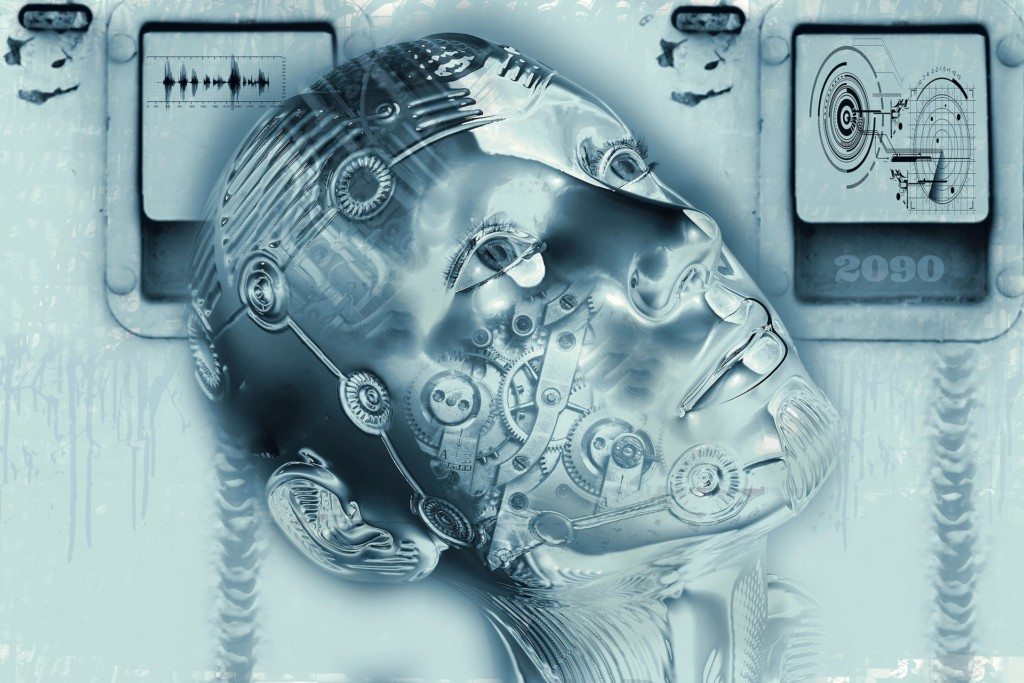Artificial intelligence (AI) is destined to have a deep impact on several industries. For the most part, the sweeping transformative effects of automation, machine learning, and other forms of advanced AI are slated to happen at some point in the future – a time best defined as “sooner rather than later.”
But that isn’t the case with all forms of AI. Some artificial-intelligence applications have already been an integral part of the business world for several years. Perhaps the best example is chatbots. In one form or another, Facebook, Google, Amazon, and countless customer-service departments have already deployed AI-driven chat technology.
To be sure, chatbots are a hot topic. According to a recent Juniper Research study, “chatbots will redefine the customer service industry.” The study contends that chatbots may even eliminate the need for human customer-service agents altogether.
However, the limitations and frustrations with chatbots are clear to anyone who has ever interacted with one. Implementing a chatbot may save a company money, but often at the expense of diminishing the user experience. It can quickly drive customers away, becoming costlier than the savings over the long haul.
Evidence points to the fact that while chatbots and automated voice systems can answer some questions, there are customer-experience roles they just can’t handle. And those roles happen to be incredibly important.
Chatbots Can Be an Annoying Barrier
Chatbots can be adept at answering simple single-level questions or helping a customer conduct their own linear research. But when it comes to complex situations and lines of questioning that don’t fit into a neat box, bots can get confused. Also, customers can get frustrated. That’s when they pick up the phone.
Voice has become a channel of escalation, an avenue that customers prefer to take when they can’t find what they need online. And when customers can’t find what they need, they aren’t likely to be in a good mood. In fact, they’re often pretty ticked off.
By the time customers call in, they are looking for a calm, sympathetic ear from a knowledgeable agent. They want guidance that can help them solve their issues, but they don’t want it from a robot. Exhibit A: The number of people who automatically dial “0” to speak to an agent rather than slog through an interactive voice response (IVR) system.
A recent survey run by The Conversation shows that 90 percent of all customers want to talk to a live representative from the get-go. And eventually, they usually do. Regardless of whether the customer’s journey starts with an AI interface, a responsive channel such as email or social media, or an IVR, 83 percent of customers end up talking to a live human being.
Chatbots Are Lousy Teachers
One argument for bots suggests some industries might see an “average time savings of just over four minutes per enquiry.” But is a shorter call really the ideal to reach for?
A robot that answers a question solves an issue. However, it doesn’t necessarily teach customers how to handle issues themselves. The result? Customers return with recurring problems. For example, confusion about paying monthly bills online can lead to new customer calls every month. On the other hand, agents working towards first call resolution vs shortening calls have the opportunity to go beyond simply answering questions to guiding customers and teaching them how to solve their own problems.
Live agents who take the time to deliver true value can even bring customers to the point where they are receptive to being shown new features, options, and products. Upsells become much easier when you’ve already earned trust. Yes, adding the selling opportunity in might make calls longer. In the end, though, it will bring in more business, which should be a central goal of any company.
Chatbots Don’t Do Customer Retention
It may seem like an invisible influence, but having a real human being behind the controls of all digital customer interactions can make all the difference. In fact, a combination of human connection and clever digital tools can have several positive effects in the realm of customer service.
According to a recent Forrester Research report, the combination of a human representative and digital visual-engagement solutions is extremely effective. It allows companies to add the crucial human element into the online conversation. The report states that, “companies increasingly leverage visual engagement [such as] video, co-browsing, screen sharing, and annotations to cut through the conversation clutter, to be better understood, and to connect emotionally.”
The psychological advantages of visual engagement are impressive. As soon as people see a live, smiling face and receive guidance, the conversation takes on an entirely different tone. Establishing a visual link creates a personal, human connection that immediately de-escalates situations.
The benefits of adding real people into the mix include a better customer experience, an uptick in sales, and increased customer loyalty. Some companies using visual engagement solutions, like TurboTax, have seen that adding one-way agent video into every customer-service call results in customer satisfaction scores growing by leaps and bounds.
A “Cyborg Approach” Ensures the Best Customer Journey
Chatbots are by no means useless. They’re also sure to get smarter and more helpful as technology progresses. But a company’s success relies on smart decisions that envision a better way to engage customers. Those who will stay ahead of the competition will have customers at the heart of every decision they make.
As it stands, chatbots are lacking in several crucial areas of the customer experience. That doesn’t mean modern technology shouldn’t be an important part of your customer-service strategy. Studies show that there is a real customer benefit to technology that enables a mix of real-time human interaction and visual tools that help convey information more clearly. In benefiting the customer, it benefits your business. And that means that live customer service agents, empowered by visual-engagement solutions, can offer the best of both worlds.
- Don’t Let AI Hurt Your Business: Three Important Jobs Chatbots Won’t Replace - October 16, 2017




Very interesting article !!! Chatbots are growing day by day and emerging winners in all the industries including Healthcare. The 24×7 self service and intelligent nature of the format is already being used for customer service, conversational commerce, health tech and education. We have started on the journey at Engati, do visit us to give us feedback on http://www.engati.com. Do check out the use video https://youtu.be/7sACiBdCHec